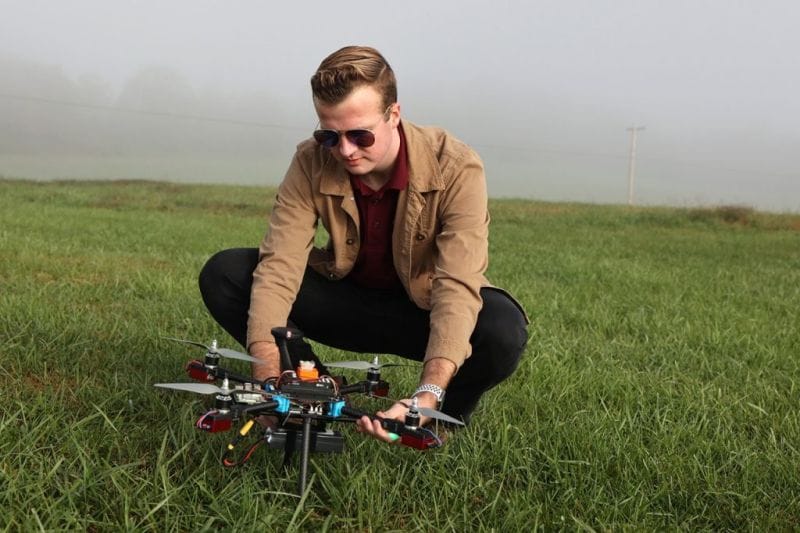RSS feed source: Federal Emergency Management Agency
AUSTIN, Texas – If you sustained damage from the March 26-28 severe storms and flooding, and initially did not receive FEMA assistance because of insurance coverage, you may now be eligible. For residents in Cameron, Hidalgo, Starr and Willacy counties, if your insurance did not cover all damages or if your reimbursement is delayed, FEMA may be able to help.
While FEMA cannot duplicate insurance payments, it may be able to help where insurance did not. You may be eligible for FEMA Individual Assistance if you:
Were denied insurance benefits by your insurance company, orYour insurance claim has been settled and you can demonstrate to FEMA that your settlement didn’t cover your disaster-related essential needs.
Survivors who apply with FEMA may be eligible for Housing Assistance and Other Needs Assistance (ONA).
Housing Assistance may include help with rentals, home repairs and home replacements. ONA may include help with personal property, medical expenses, dental expenses, funeral expenses, childcare, transportation, and other miscellaneous items.
The first step is to contact your insurance company to request one of the following documents:
A denial letter, or proof that you are not being covered by your insurance company.A settlement letter, or exactly what is being covered by your insurance company.A delay letter, or proof there has been no official decision yet by your insurance company on your insurance claim, and it has been more than 30 days from the time that you filed your insurance claim. Any funds that you may receive from FEMA in this process would then be considered an advance and must be repaid when you get your settlement.
FEMA Assistance May Be Available for Losses Not Covered by Insurance
FEMA assistance is based on the specific information provided on each FEMA application, including the documentation provided by the applicant.
You can submit your documentation of denial letters, settlement letters or letters of delay:
In person at a Disaster Recovery Center. To find a center close to you, go online to: DRC Locator, or text DRC along with your Zip Code to 43362 (Ex: DRC 78552).Go to DisasterAssistance.gov;Download the FEMA App for mobile devices;Online at DisasterAssistance.gov.By mail at:FEMA – Individuals and Households Program National Processing Service CenterP.O. Box 10055Hyattsville, MD 20782-7055By fax at 800-827-8112, Attention: FEMA – Individuals and Households Program.
You can also speak with a FEMA specialist directly by calling the FEMA Helpline at 800-621-3362. If you use a video relay service, captioned telephone service, or other communication services, please provide FEMA the specific number assigned for that service. Lines are open daily from 6 a.m. to 10 p.m. CDT, seven days a week.
Homeowners and renters who were displaced or have property damage from the March storms have until July 22,
Click this link to continue reading the article on the source website.


